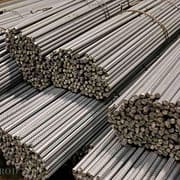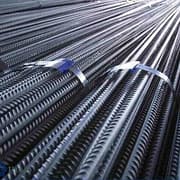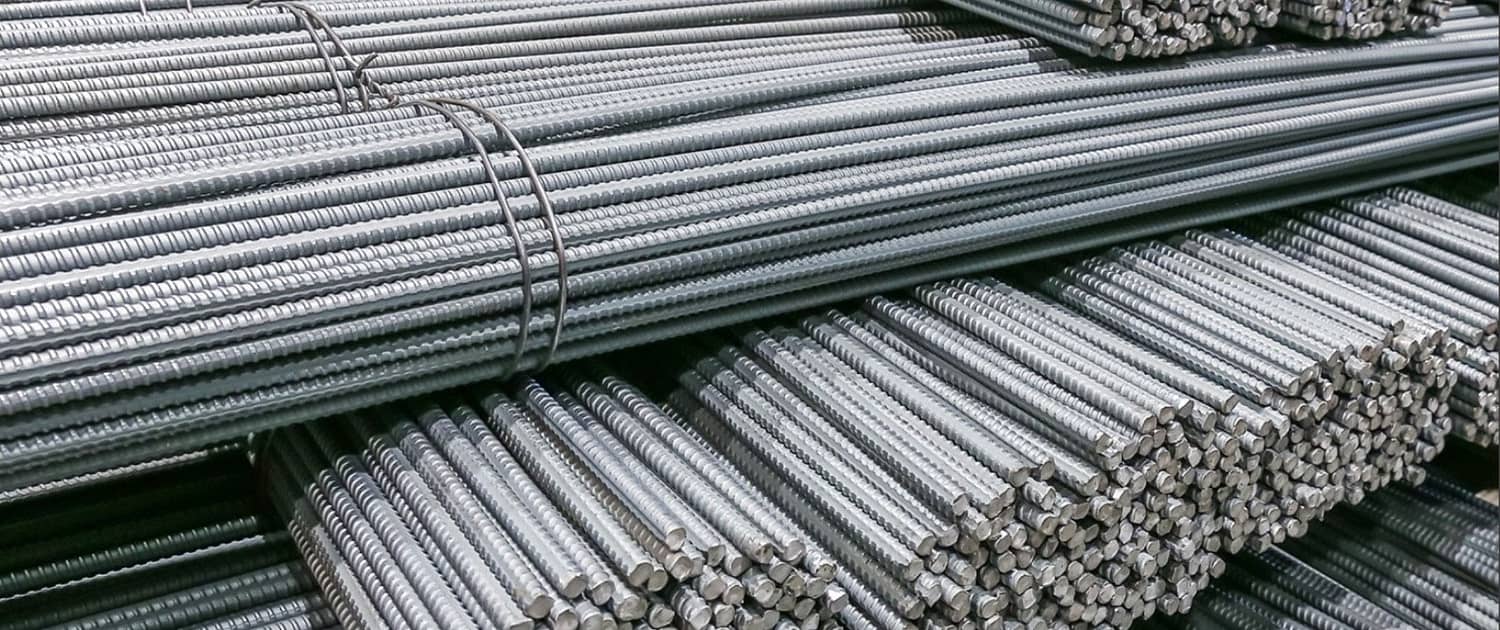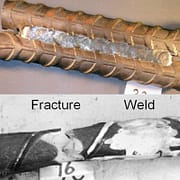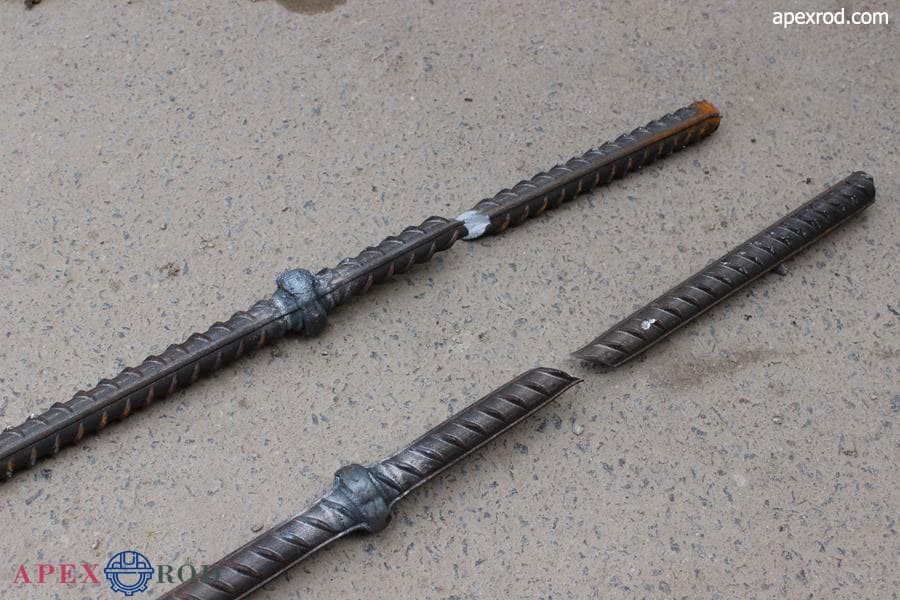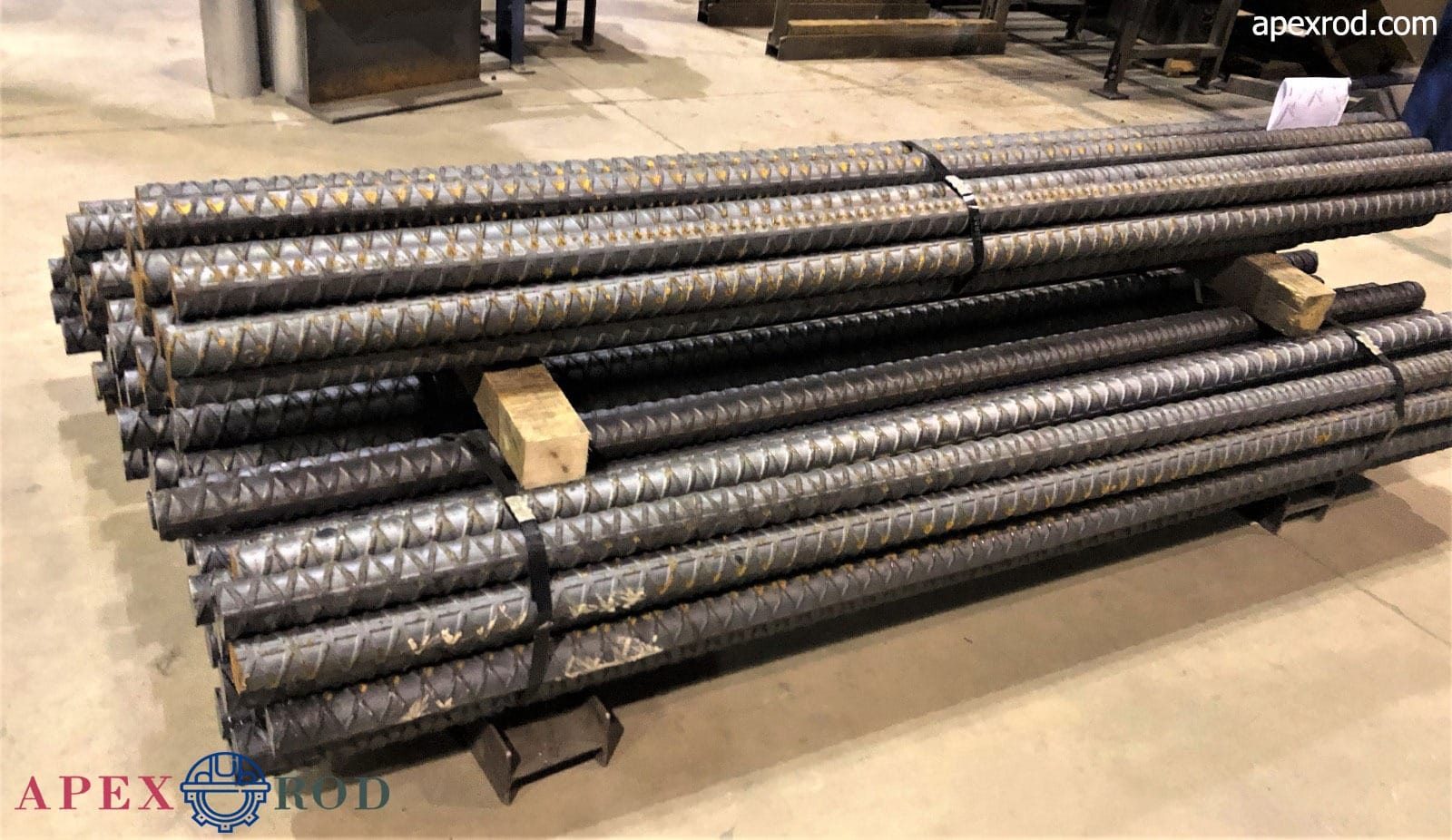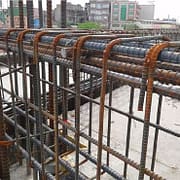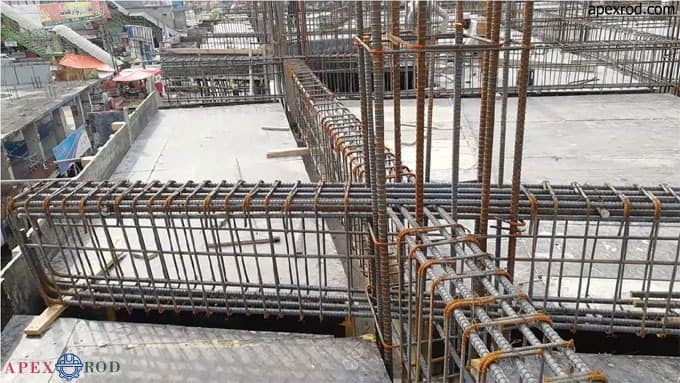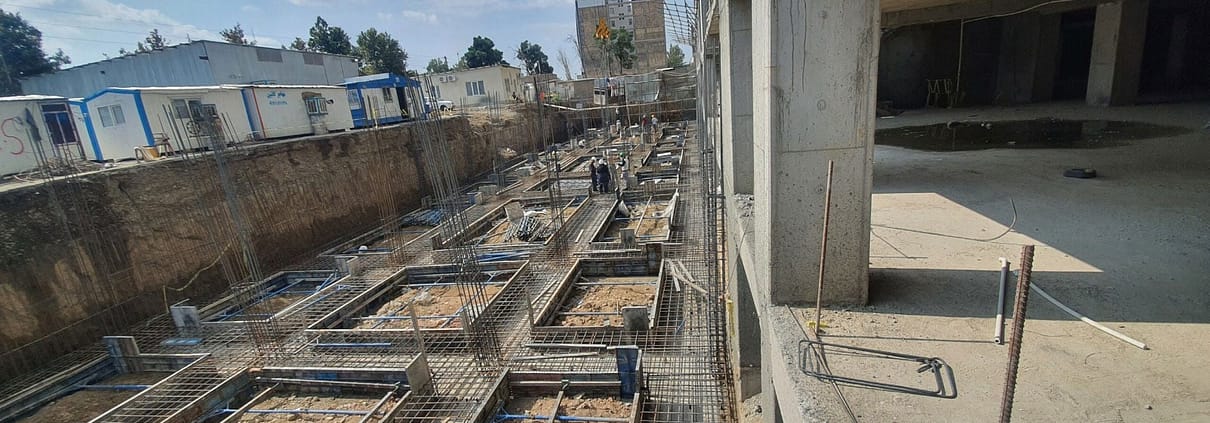A Guide to Buy Reinforcing Bars for Construction
Specifications such as diameter, length, and compliance with slope regulations must be carefully considered to buy reinforcing bar project requirements. When beginning a construction project, it is necessary to acquire excellent materials, and the procurement of reinforcing bars is especially crucial in assuring structural integrity.
Local merchants, building supply stores, and online platforms are essential resources. Engaging with suppliers, whether in person, over the phone, or online, allows for a thorough evaluation of product options, pricing structures, and delivery options. Multiple bids from various suppliers aid in making informed decisions by balancing economic concerns with the need for high-quality items.
Quality Assurance in Reinforcing Bar Buying
Focusing on quality assurance, which includes specifications, certifications, and project standards conformance, is essential. Before the deal is closed, successful discussions on matters such as pricing, delivery dates, and payment arrangements occur. Logistics are critical to the buying experience, whether you choose delivery or pick-up. Buying reinforcing bars is crucial in strengthening any construction project’s foundation, underscoring the importance of adopting a well-informed and strategically planned buying approach.
Exporting Reinforcing Bars
Stay with us if you’re seeking ways to export all varieties of reinforcing bars to neighbouring countries like Turkey, Georgia, and Iraq, export prohibitions, companies that export steel goods, export tariffs, conditions, and other information about this product’s export.
The Apexrod reinforcing bar export unit’s mission is to provide and sell domestic factory goods in worldwide markets and launch these enterprises on a global scale. This complex’s export team can export reinforcing bars and steel goods to other countries. It should be noted that the export of this product has many complexities and necessitates the use of a specialized and professional team, mainly because factors such as the economy, politics, and the price of steel rebar, depending on its size and type, all have a significant impact on the export process of this product.
The pricing of alloy, ribbed, plain, and reinforcing bars is given individually. The epaxrod specialists are constantly attempting to respond in critical situations and despite changes in political and economic situations in such a manner that the export process of this product is minimally impacted. We will take you through the export conditions of these goods step by step.
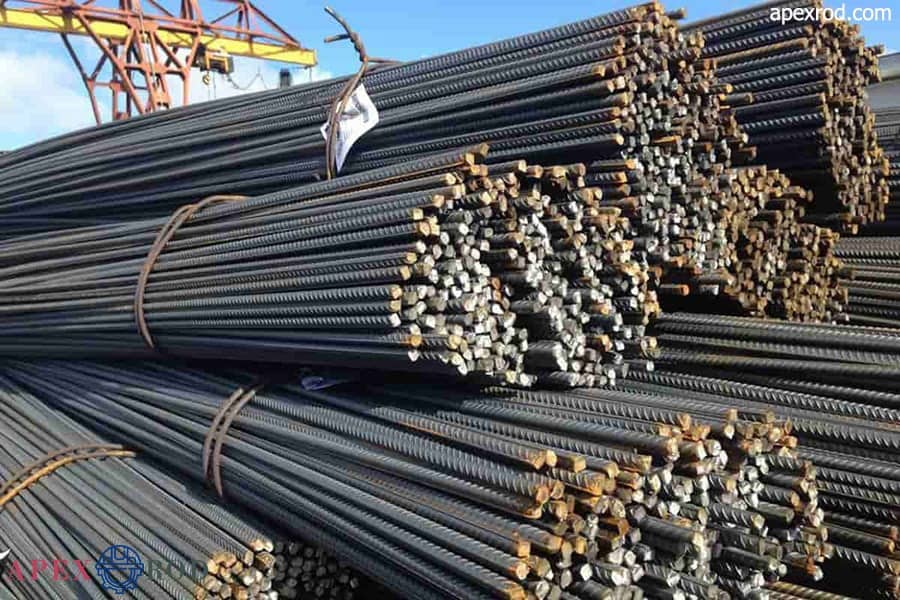
Factors Influencing the Price of Reinforcing Bars
The price of the reinforcing bar for export is determined by criteria such as the manufacturer’s reputation, the reinforcing bar’s quality, the reinforcing bar’s load volume, and the location of the export. In addition, the price of this steel part for export is declared per ton in US dollars. Furthermore, the worldwide price of reinforcing bars and steel ingots and the quantity of demand will influence the price of exported reinforcing bars. Other factors influencing the price of reinforcing bars are listed below:
• Reinforcing bar technical characteristics (quality, size, weight, etc.)
• Internal variables such as currency fluctuations and economic policy changes
• External economic influences, such as changes in customs charges and foreign governments’ economic policies
• The industrial plant’s proximity to the border and the mode of transit (land, water, rail, etc.)
What Documents Are Required To Export Reinforcing Bars?
To buy reinforcing bars, authorization from the Ministry of Security is required. Of course, these documents only satisfy some requirements for getting a license to export reinforcing bars. Because the regulations of this ministry can change at any time, you may need to go through additional requirements to obtain permission. For example, the Ministry of Security said last year that reaching the commodities exchange’s supply limit requires acquiring an export permit.
The following papers are required to get a license to export reinforcing bars:
1. Commercial card
Using this document, you can export reinforcing bars straight to yourself. If you do not have this degree, you should delegate your job to commercial firms.
2. Certificate of conformity to national standards
3. Purchase certificate
This certificate must be produced for the destination and include information such as the seller’s address, product volume, customs tax, unit price, and total price.
4. Baling certificate (for the shipping of goods)
5. Certificate of origin
6. Contains the product’s technical details
7. Bill of Lading
This document indicates that the seller has transferred the cargo title to the buyer.
8. Tir Carnet
A Tir Carnet certificate exempts you from paying cargo entrance costs to the destination country.
Export Reinforcing Bar Types
There are certainly distinctions between exported and domestic reinforcing bars. One of these factors is the metal’s quality. The alloys used in the export reinforcing bars must be of the highest quality metals, and their manufacture must be based on cutting-edge technology. Export reinforcing bar has a wide range of goods, employs advanced technology, and is of excellent quality. Of course, there are other varieties of reinforcing bars supplied to Georgia and other countries, which will be discussed more below:
· Export reinforcing bar with ribs
Ribbed reinforcing bars are one form of reinforcing bar that can be exported. This reinforcing bar is seen in roads, bridges, and buildings. The ribbed reinforcing bar is manufactured in various sizes to meet the requirements and needs of each country. The product’s name is derived from the presence of several protrusions. The shipment of ribbed reinforcing bars to Georgia greatly profits the exporter. This is due to the high cost of this kind in comparison to other varieties.
· Coiled reinforcing bar
The coiled reinforcing bar is the most essential and widely used reinforcing bar for export. This product is made in coil form with great flexibility and is available in diameters ranging from 5.5 mm to 16 mm. The price of a spiral reinforcing bar varies according to its thickness and length.
The Significance of Reinforcing Bar Exports
After attaining an ideal output level, every manufacturer tries to be on the export path. To be more specific, it is the export that revitalizes the factory. For reinforcing bar exports, each manufacturer selects a distinct destination. Because of their closeness and reduced transportation costs, neighbouring nations are the primary destination of Iran’s exports.
These countries include Turkey, Georgia, and Iraq. The current ban on Iran has given the impression that the nation has experienced insurmountable difficulties in exporting reinforcing bars and other materials. However, you should be aware that, notwithstanding the prohibition, producers continue to participate in export activities. They continue strengthening bar export activities by finding and uncovering the demands of other nations, particularly adjacent countries.
Apexrod is your trusted resource for buying reinforcing bars and other construction materials. Explore our online platform for top-notch reinforcing bars to fulfil your building requirements.

